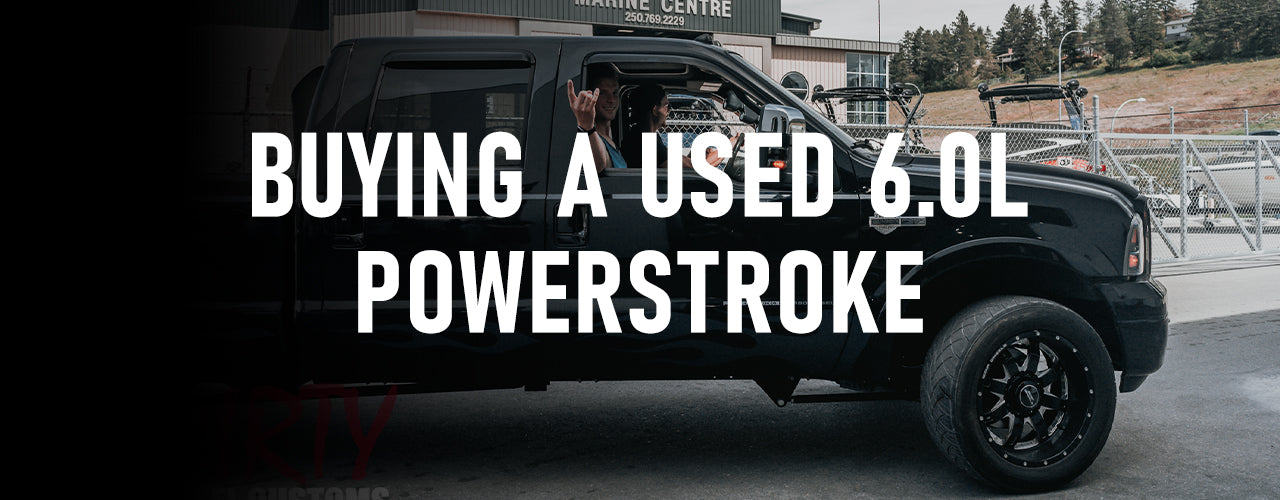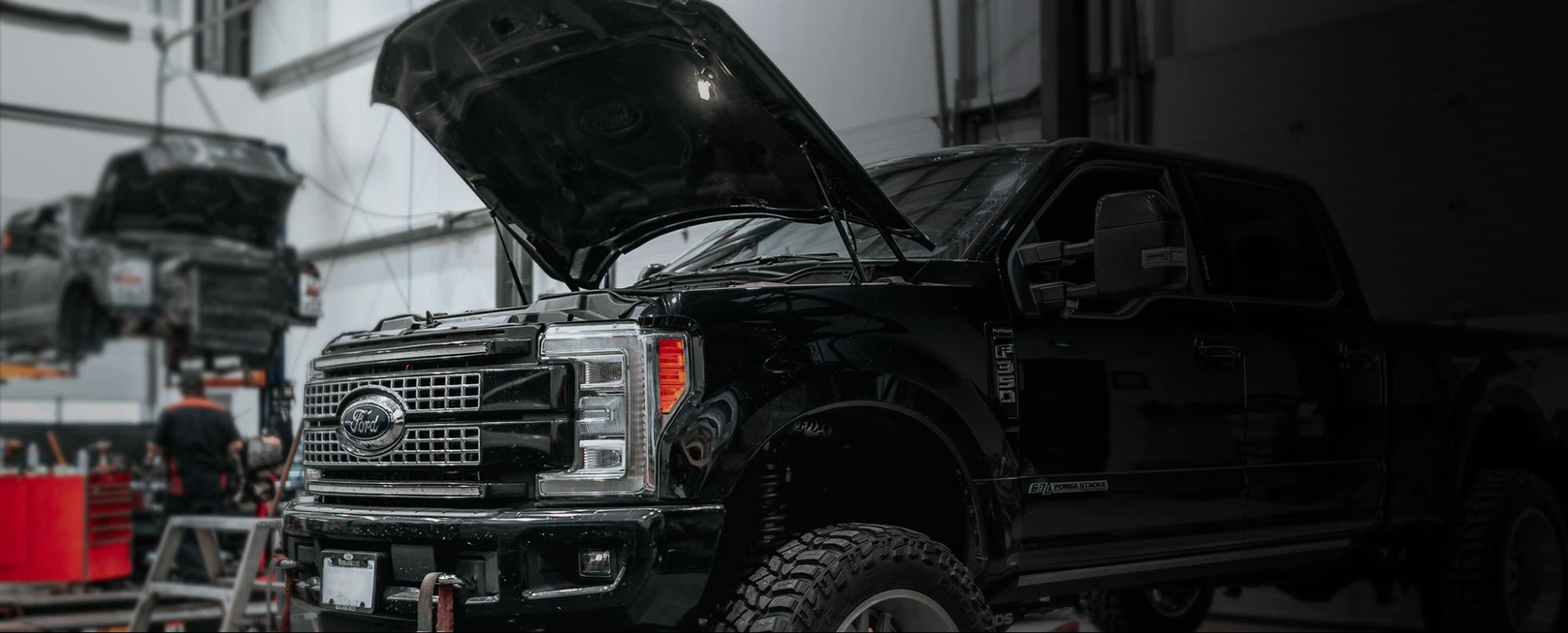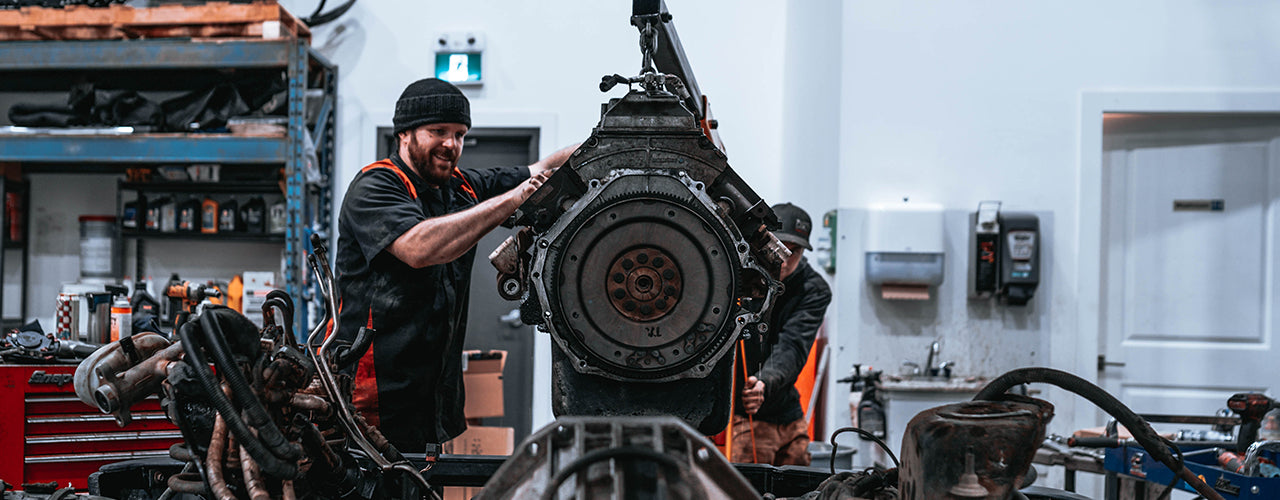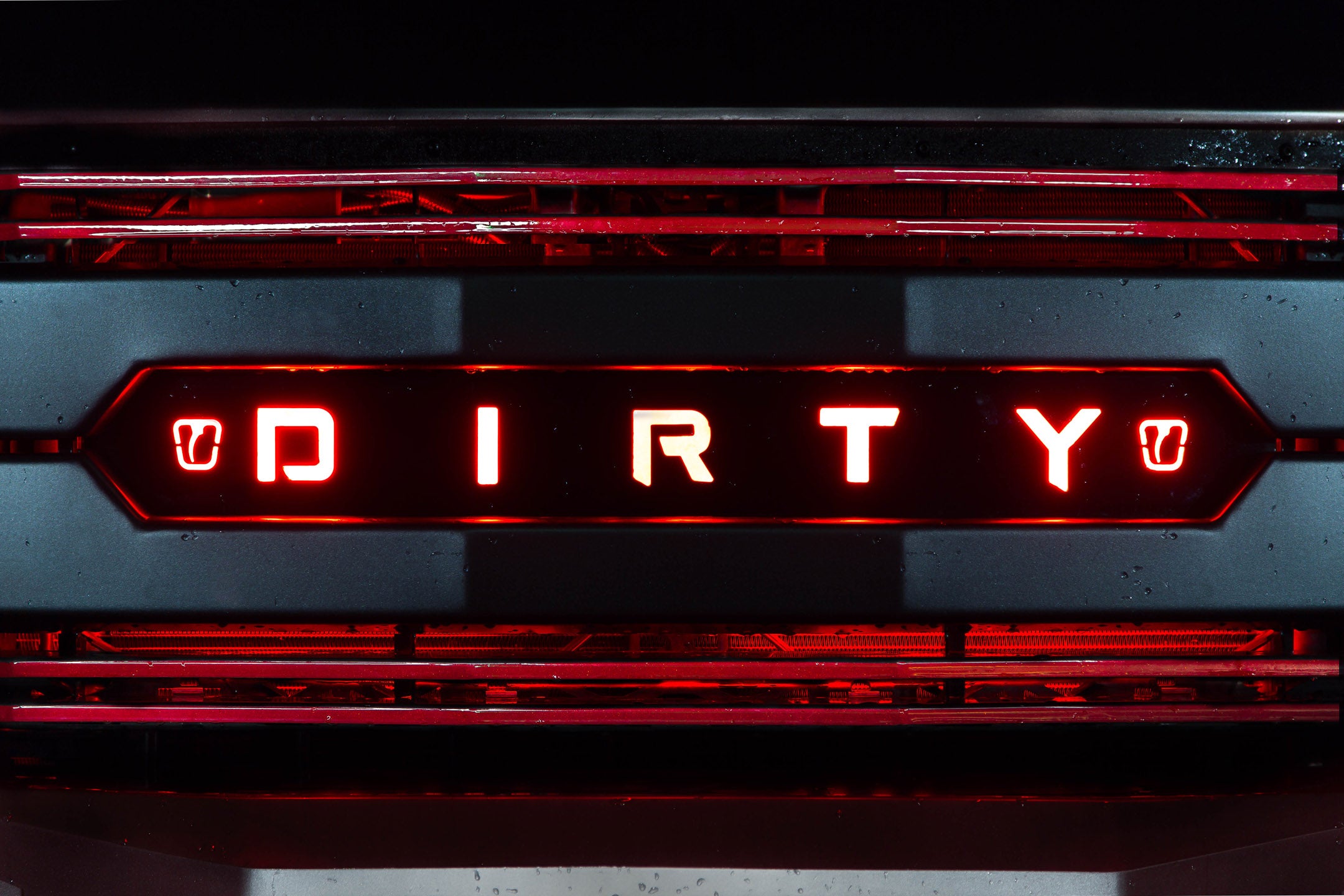The dreaded 6.0L Ford. It's been the truck that people have feared and loved for years. They are now getting to the age and price where they are an affordable buy for many that are looking to get into their first diesel. Every year of the 6.0L is unique and seems to have their own pros and cons, but either way, buying a 6.0L will likely cost you a few bucks in the future. That being said, here are a few things to look for when searching for that perfect 6.0L.

The 6.0H
The 6.0L was introduced in mid-2003 while the 7.3L trucks were still trailing off, the 6.0L came in and took over as a replacement for the aging 7.3L Powerstroke. At the time, the 6.0L was a healthy jump in power over the 7.3L and a welcome replacement. When it was released, it was considered to be the new benchmark for diesel engines. It was released with the Highest Horsepower & Highest Torque Diesel in its class making an impressive 325HP & 560lb-ft.

However, these new engines still came sporting the HEUI (Hydraulic Electronic Unit Injector) which tends to cause some cold start issues and makes them sensitive to oil viscosity and quality. HEUI injectors are run by engine oil being sent up to a secondary pump, this secondary pump brings the pressure up to 500-3000PSI. This high-pressure oil is fed to the oil rails and into the top portion of the injector to create the power needed to atomize the diesel fuel in the cylinders. This system works great when it's all sealed and new, but as the o-rings and other seals wear out over time, the oil can leak by and start causing driveability issues. This is the lifeblood of the 6.0L engine, so it's a good thing to know before going out and purchasing one of these trucks.
Without a doubt, the most common issue we see on these trucks is headgasket failure. This is a well known and well-documented issue with these trucks. They can run forever in stock form as long as you stay up to date with your maintenance. However, once you plunk a 10,000lb camper behind it or start adding some power and begin to have some fun, you'll start to see some issues on those hot summer days. It begins with your head bolts, they will start to stretch with the added cylinder pressure and cause exhaust to start entering the coolant system through your headgasket. This begins to pressure up the coolant system far higher than it's designed to handle and next thing you know you'll start to see coolant getting pushed out the cap on the degas bottle.
Once you're at this point, there's really no fixing it, it's time for new headgaskets. When doing headgaskets on a 6.0L we always replace the factory bolts with high quality ARP Studs. The studs allow us to clamp the head far tighter to the block and keep cylinder pressure under control by keeping it in the cylinder where it belongs! Once the studs and gaskets are installed, they are much more reliable and can actually handle the added power you'll likely be throwing at them.
We can't talk about the 6OH without talking about the EGR Cooler Failures as well. The EGR (Exhaust Gas Recirculation) Cooler takes your exhaust gas and runs it through a heat exchanger which uses engine coolant to cool it down. The now cooled gases are spit back into the intake manifold where it's then mixed with fresh air and re-burned in the cylinders. Normally, this is only active when you are idling or under deceleration.
Not only does this clog up your intake with soot, but your EGR Cooler itself tends to plug really quickly and will inevitably crack. When this happens, it will begin to leak coolant into the intake and exhaust of your engine. EGR failures will also lead to clogged engine oil coolers, as the sediment that builds up in your cooling system begins to make its way into your oil cooler and will quickly plug it and cause cracks and failures. When your Oil Cooler begins to plug and fail you'll typically notice a spike in oil temperature while driving or you'll start to see oil in your coolant.
2003-2004 6.0L
The 2003 & early 2004 trucks are known for having high-pressure oil pump failures. The Bosch HP032X pump was only used for these two years and is best known as the pump that will leave you dead on the side of the road. If you're looking at a 2003-2004 6.0L, the first thing I would do is ask if the oil pump has ever been replaced. If you're noticing your oil pressure light is coming on when idling and the engine is warm, or the truck has a hot start issue, it may have an issue with the pump. Keep in mind, this can easily be a $2,000 job at a shop.
The ICP (Injection Control Pressure) Sensor on the early models is located on the high-pressure oil pump (HPOP) housing and will cause a huge mess if it begins to leak. You can check the sensor by removing the harness and seeing if there's oil on the connectors, or if you see a flood of oil coming from the back of the engine, there's a good chance it's the ICP Sensor. The high-pressure rails are different in these early trucks and actually had significantly fewer issues than the later trucks, they still chew through injectors like the rest of them, but that's fairly normal.
Another consideration when looking for a 6.0L is the suspension, the 2003-2004 6.0L has a leaf-sprung front end compared to the coil-sprung front end on the 2005+ trucks. This might not matter to some, but I personally would go with a coil-sprung setup as they are not only easier to lift/lower but they tend to ride better too.
2005-2007 6.0L
In my opinion, 2005-2007 are a bit nicer, the coil spring front end tends to ride a bit better out of the gate. This gives you a nicer platform to start your build on. However, it's quite common to see high-pressure oil leaks on the later model oil rails. Usually, we can pinpoint a seal leaking under the valve cover when a customer tells us that their truck starts and runs fine when cold, but won't start if the engine is hot. There are quite a few seals on those rails, and the most common is the standpipe or dummy plug that will begin leaking and start to cause issues.
The 2005 trucks have issues with fuel getting into the coolant system, it's somewhat rare, but we see it more often now. This is a casting issue with the cylinder head that allows fuel to get around the injector cup and into the coolant system. It's always a good test to simply take a whiff of the coolant and see if it smells like diesel fuel. Also, take a look at the seal in the coolant cap. If it's swollen up and looks too big for the hole it's in, it could be leaking fuel into the coolant. Diesel Fuel in the coolant will cause all the seals to swell up or come apart as it begins to weaken them, the cap is simply the easiest way to see this.
Headgasket Issues
Now that we've covered the specific years, here's what you need to know about when buying a 6.0L, regardless of the year. The first question you're going to ask is the condition of the headgaskets, have they been replaced? If they have been replaced, were studs installed? If so, who did them?
If the head gaskets have been replaced, make sure that you know who did the labor. It's quite common to see less reputable shops, even dealerships skimping on the job, if the heads weren't machined, you'll likely be doing it again.
Unfortunately, even after you've found a 6.0L with studs, new gaskets, and freshly decked heads you're far from bullet-proof as most guys on Facebook Marketplace will claim. Check for any sign for coolant coming out around the degas bottle cap. THEY CAN STILL BLOW HEADGASKETS AFTER THEY HAVE BEEN STUDDED. Even if it's spotless under the hood, make sure you take it for a drive and put some good load on it to make sure the coolant system isn't pressuring up.
I start by taking the cap off, letting the pressure out, and taking it for a good drive then check it again. They will always make a bit of pressure, but if it blows the cap out of your hand, walk away.
EGR Cooler & Oil Cooler
Has the EGR Cooler been removed or replaced? Has the Oil Cooler been replaced? You can look down beside the intake manifold on the passenger side of the truck, you'll be able to see if the EGR Cooler has been removed and it's being bypassed. This is one of the first things to check as they will inevitably cause issues. If the EGR is cracked, you'll be able to tell because the truck will likely be puffing white smoke at idle when the EGR valve opens up. This is because the truck is now burning all the coolant that's leaking into the intake manifold.
Listen Carefully when you first turn the key on, the FICM (Fuel Injection Control Module) will buzz all the injector solenoids. It should sound like a nice electrical buzzing noise from under the hood. If you're hearing a more erratic clicking or the odd click here and there than the injectors may be getting weak. This is fairly common, these trucks are known to chew through injectors every 150,000-200,000kms.
If the injectors have been replaced, ask for receipts and find out what injectors were installed as there is no shortage of cheap 6.0L injectors on the market. Remember, when it comes to injectors, you get what you pay for.
If you're after a 6.0L, just make sure you understand what you're getting yourself into. If you feel confident that everything above has been completed and completed well, it might be a great buy. They can be a blast to drive and they sound amazing with some small modifications, but we often see 6.0L's come in where people just didn't know what they were getting themselves into. My personal recommendation would be to find a 2006-2007 6.0L that has had the studs and injectors done at a reputable shop that will stand behind their work. You may find a gem that runs forever and never gives you grief, but you always run the risk of finding one that is always needing new parts.





